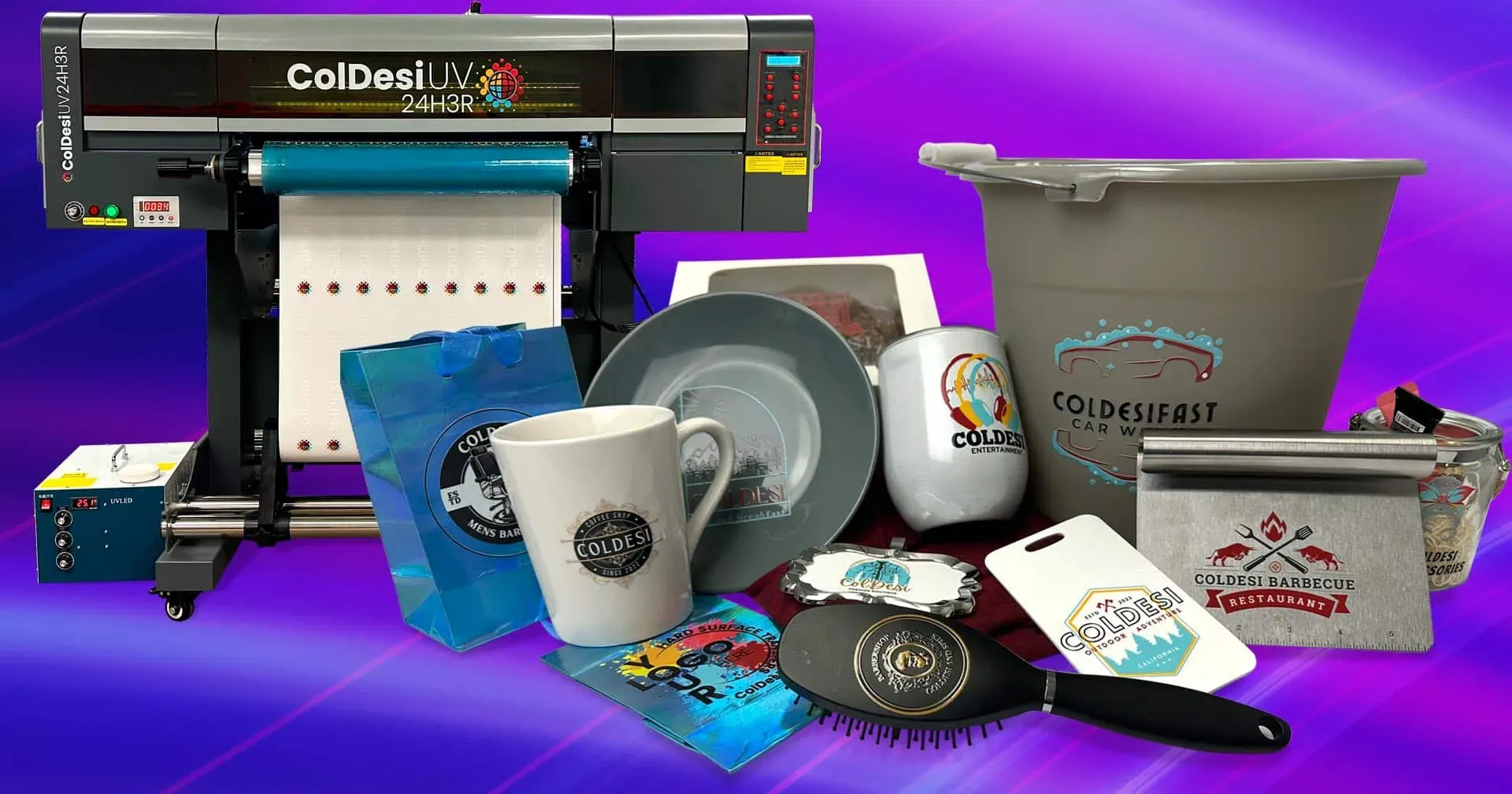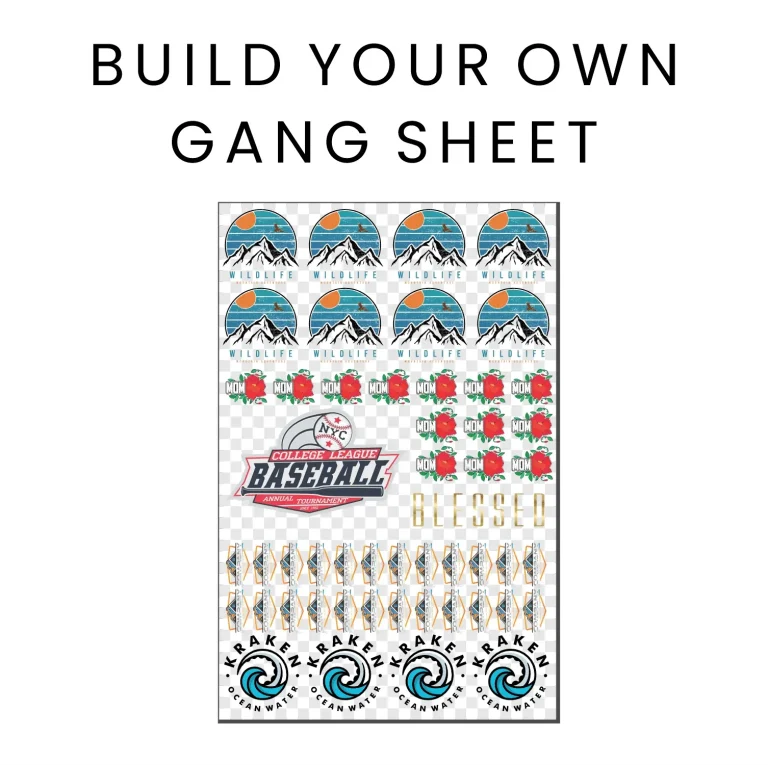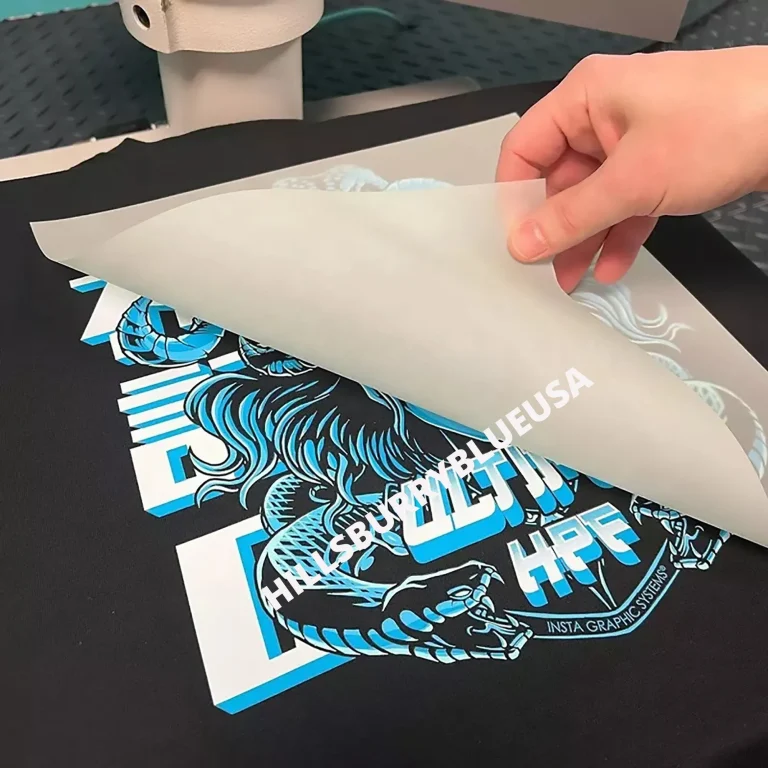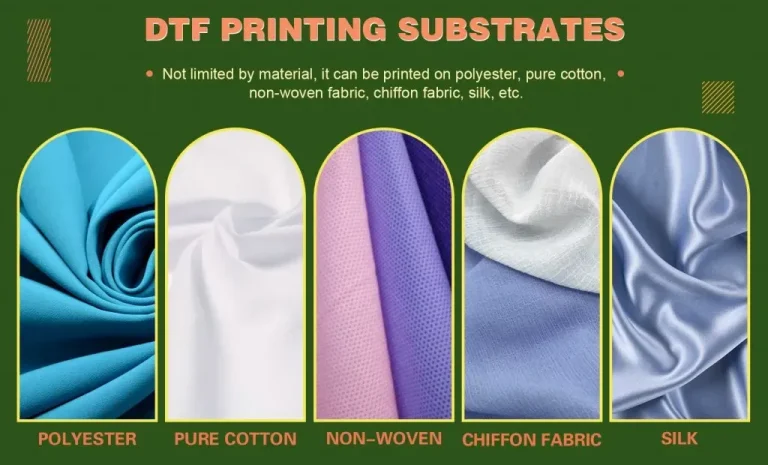In the dynamic landscape of printing technologies, **UV DTF printing** stands out as an innovative solution that has transformed the way graphics are produced across various sectors. This modern approach utilizes **UV printing technology**, allowing for direct-to-film printing that brings together high durability inks and exceptional customization capabilities. By eliminating the limitations of traditional printing methods, UV DTF printing offers a sustainable option that minimizes waste while maximizing creativity. As businesses increasingly seek custom textile printing solutions, this technique has rapidly gained popularity due to its ability to produce vibrant, long-lasting designs on a wide range of materials. Join us as we delve into the numerous benefits and applications of UV DTF printing in today’s creative and industrial markets.
Exploring the revolutionary world of **UV DTF printing**—also referred to as direct-to-film UV technology—reveals a wealth of opportunities for companies and artists in the printing industry. This advanced printing solution leverages the power of ultraviolet light to cure unique ink formulations, resulting in stunning visual outputs that resonate in various applications. Whether it’s for bespoke textile designs or promotional merchandise, this sustainable printing method not only ensures high-quality results but also addresses environmental concerns with its reduced VOC emissions. As manufacturers and designers alike embrace this cutting-edge technique, the potential for creative expression and market expansion continues to soar.
Understanding UV DTF Printing Technology
UV DTF printing technology combines the advantages of traditional **Direct-to-Film** (DTF) printing with modern **UV printing technology**. The process involves applying specially formulated inks to a film, which are then cured instantly using ultraviolet light. This curing process makes the inks adhere to various surfaces, resulting in vibrant prints that are both durable and high-quality. Unlike traditional printing methods that often require longer drying times, UV DTF printing accelerates the production cycle, allowing businesses to meet product demands efficiently.
Moreover, the versatility of UV DTF printing allows for customization across an array of substrates. Whether it’s textiles, plastics, or metals, businesses can explore various applications limited only by creativity. This technology is not only about quick turnarounds and high-quality prints but also opens new avenues for creating unique designs that cater to niche markets. As a result, companies leveraging UV DTF printing can differentiate themselves in a crowded marketplace.
The Sustainability Aspect of UV DTF Printing
One of the most appealing features of UV DTF printing is its environmentally friendly profile. Conventional print methods are often associated with high levels of **volatile organic compounds (VOCs)**, which contribute to air pollution and pose health risks. In contrast, UV DTF technology minimizes these emissions due to its innovative curing process. This shift towards sustainable printing practices resonates profoundly with eco-conscious consumers and businesses alike, marking a significant step forward in reducing the overall environmental footprint.
Furthermore, the use of **high durability inks** in UV DTF printing means that the finished products are not only vibrant but also long-lasting. This durability translates to fewer replacements and less waste, which aligns perfectly with sustainable practices. As companies increasingly prioritize sustainable solutions, adopting UV DTF printing can enhance brand reputation and appeal to conscious consumers who prefer products that are responsibly sourced and manufactured.
Unlocking Customization with UV DTF Printing
The ability to customize products using UV DTF printing is one of its standout features. In sectors like fashion and promotional products, businesses can create unique designs tailored to meet customer needs. This capacity for bespoke prints allows brands to interact meaningfully with their clientele, fostering loyalty through personalized experiences. Whether it’s custom t-shirts, bags, or even promotional mugs, the possibilities for creativity are virtually limitless.
Additionally, the technological advances integrated into UV DTF machines have streamlined the design process. With sophisticated software aiding in color matching and artwork preparation, designers can achieve consistent results more efficiently. This not only enhances productivity but also ensures that the final product aligns closely with initial design concepts, allowing businesses to maintain their branding integrity without compromising quality.
Exploring Market Trends in UV DTF Printing
The growth trajectory of UV DTF printing in market applications is noteworthy, particularly given the increasing demand for high-quality printing solutions across various industries. Analysts forecast a robust growth rate, driven by advancements in technology and expanded use cases. From **packaging** to textiles, this technology is expected to become the go-to for companies seeking to innovate their product offerings.
Moreover, emerging markets are discovering the potential benefits of UV DTF printing as they look for sustainable and efficient printing methods. With industries like interior design and advertising continually evolving, UV DTF printers stand poised to capture significant market share. The versatility of the technology ensures that businesses can adapt quickly to changing consumer preferences, making it a crucial investment for staying competitive.
Tackling Challenges in UV DTF Printing
While the advantages of UV DTF printing are manifold, challenges do exist. For smaller businesses, the initial cost of acquiring a UV DTF printer can be prohibitive. Compared to conventional printing technologies, these systems often require higher upfront investments. As businesses weigh the pros and cons, it’s essential to consider long-term benefits against initial expenditure, ensuring that the investment aligns with future growth and demand.
Furthermore, the learning curve associated with utilizing UV DTF technology cannot be overlooked. Operators must familiarize themselves with specific design parameters and curing times to optimize print quality. Training staff adequately ensures that they can leverage the full potential of the printer and achieve consistent results. By investing in education and resources, companies can overcome these initial hurdles and subsequently enjoy the benefits of this innovative technology.
Future Prospects of UV DTF Printing
Looking forward, the future of UV DTF printing appears bright, with continuous innovations expected to expand its capabilities. As the industry embraces more eco-friendly practices, technological enhancements will likely lead to even greater efficiency and sustainability in production. Manufacturers are motivated to develop enhanced UV inks that not only perform better but are also compliant with stricter environmental regulations.
Additionally, as consumer preferences continue to gravitate towards unique and personalized products, UV DTF printing will play a critical role in meeting these demands. Businesses will need to stay ahead of trends to harness the full potential of this technology, ensuring they cater to evolving market needs while maintaining high standards of quality and sustainability. Through investment in R&D and adaptive strategies, companies can solidify their position in an increasingly competitive landscape.
Frequently Asked Questions
What is UV DTF printing and how does it differ from traditional UV printing?
**UV DTF printing** (Direct-to-Film printing) utilizes ultraviolet light to cure ink after it’s applied to various substrates, enabling faster production and high-quality finishes. Unlike traditional UV printing that directly applies ink onto surfaces, DTF printing first prints on a film, which is then transferred, providing superior versatility with materials and ensuring vibrant color reproduction.
What are the key advantages of using UV DTF printing for custom textile printing?
**Custom textile printing** using UV DTF technology offers several advantages, including high durability inks that resist fading and scratching, faster production times, and the ability to print on a wide range of materials. This results in vibrant, long-lasting designs suitable for the fashion industry and promotional products.
Is UV DTF printing considered a sustainable printing option?
Yes, **UV DTF printing** is considered a sustainable printing option because it generates minimal volatile organic compounds (VOCs) compared to conventional methods. This environmentally friendly characteristic appeals to businesses wanting to reduce their carbon footprint while delivering high-quality printed products.
How does the technological advancement in UV DTF printing affect market growth?
Recent technological innovations in **UV DTF printing**, including lightweight printers and advanced software integration, contribute to its market growth by enhancing efficiency, production speeds, and print quality. Analysts predict a compound annual growth rate (CAGR) of 7-8% due to the rising demand for personalized graphics in various sectors.
What types of applications can benefit from UV DTF printing?
**UV DTF printing** is highly versatile and can be applied across various sectors. It’s popular in the fashion industry for custom apparel, in promotional products for eye-catching branding, and in industrial applications such as signage and automotive printing, thanks to its adaptability and durability.
What are the challenges associated with UV DTF printing for new users?
Some challenges with **UV DTF printing** include higher initial investment costs compared to traditional printing methods, and the learning curve required to master specific design parameters and curing times. New users may need to invest time in training to achieve optimal results in their printing endeavors.
| Aspect | Details |
|---|---|
| Overview | UV DTF printing combines DTF techniques with UV curing for high-quality results on various materials. |
| Key Advantages | 1. Versatile Substrates: Prints on textiles, plastics, and metals. 2. Environmentally Friendly: Low VOC emissions. 3. Enhanced Durability: Resistant to fading, scratching, and degradation. |
| Technological Innovations | Advancements in UV LED technology, improved design software, and increased production speeds enhancing overall efficiency. |
| Market Growth | Projected CAGR of 7-8% in the UV printing sector, with demand rising in packaging, textiles, and interior design. |
| Applications | Used widely in textiles, promotional products, and industrial applications like automotive and signage. |
| Challenges | Higher initial investment and the need for familiarity with design and curing parameters. |
Summary
UV DTF Printing has emerged as a revolutionary technology in the printing industry, offering unprecedented flexibility and quality across various materials. This innovative method not only supports a wide range of applications—from fashion textiles to promotional items—but also addresses the growing demand for sustainable production practices. As businesses look to adapt to modern market needs, understanding and leveraging UV DTF printing will be pivotal in enhancing product offerings and maintaining a competitive edge. With its numerous advantages and market growth potential, UV DTF printing is set to redefine how creative and industrial sectors approach design, manufacturing, and branding.






